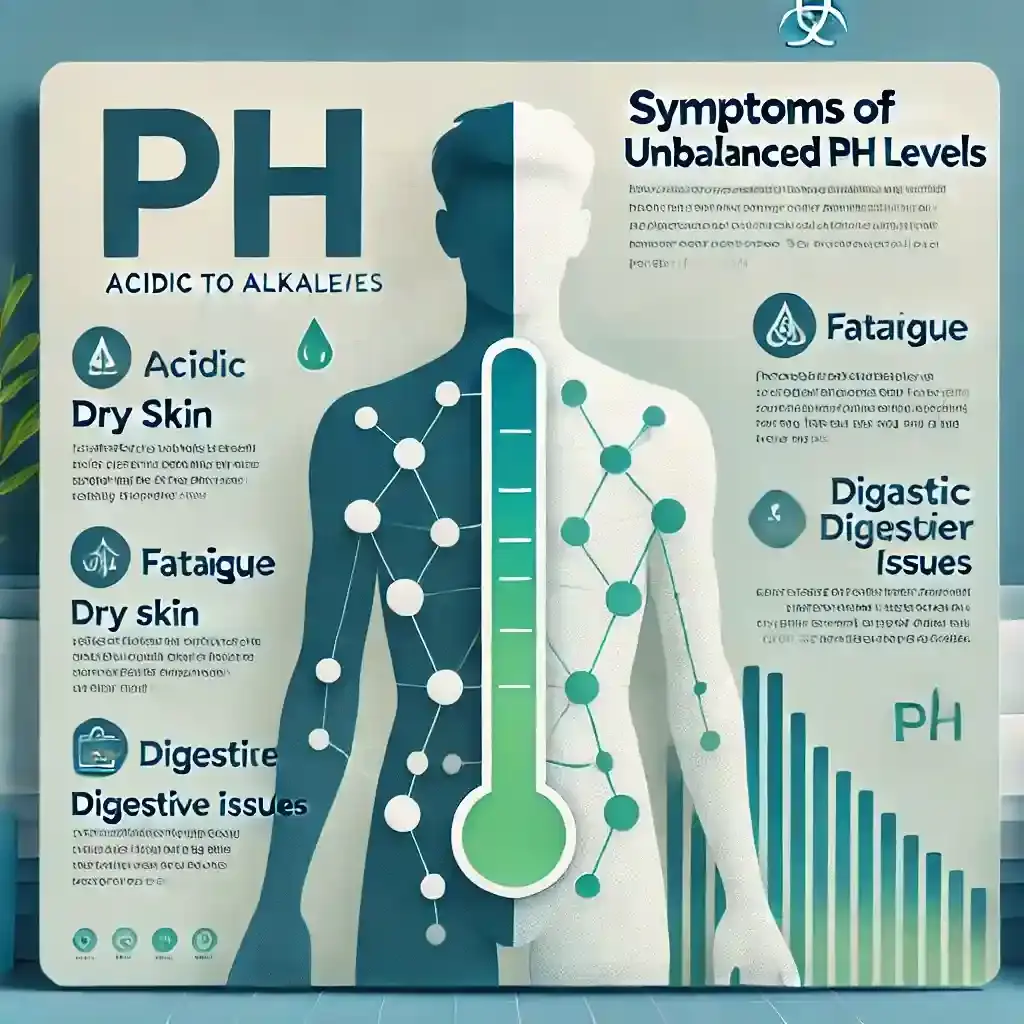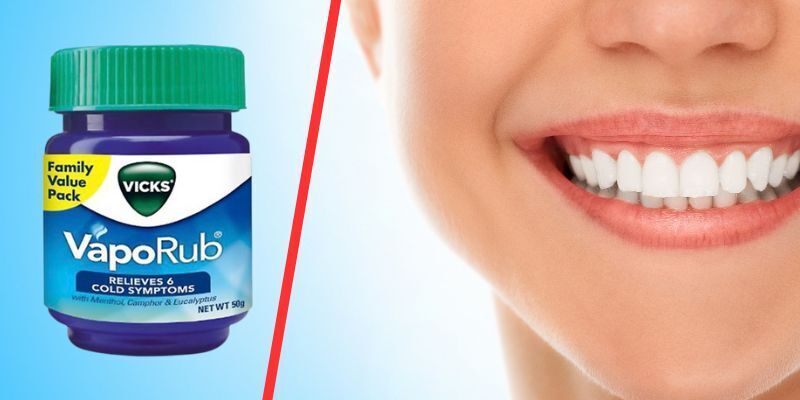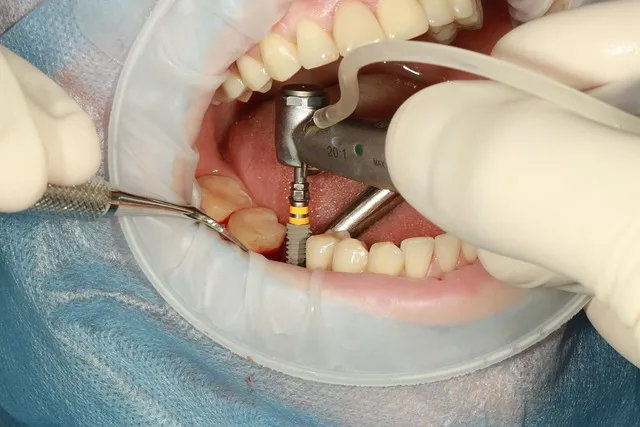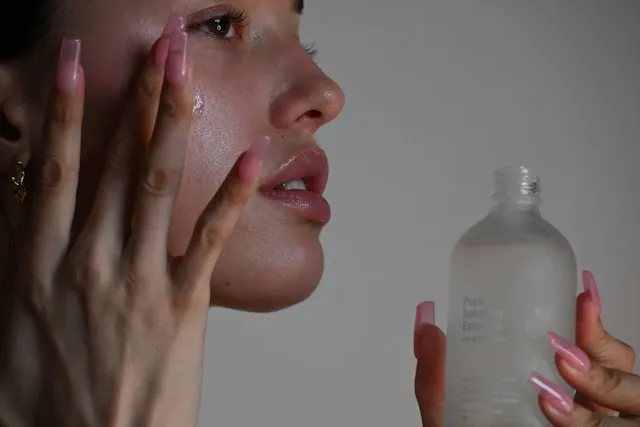Tretinoin is a retinoid used for acne, wrinkles, and dark spots. It renews skin, supports collagen, and improves tone when applied consistently with dermatologist guidance and sun protection. |
What happens when breakouts linger long after teenage years, or wrinkles show up before you’re ready? People turn to prescription creams. And the one name that keeps surfacing is tretinoin. There’s confusion, though.
Is tretinoin a retinoid or something else entirely? The answer matters because it shapes how you use it, what to expect, and what risks to prepare for. Tretinoin, derived from vitamin A, is a powerful member of the retinoid family, and understanding this can help you get the best results from your skincare routine. Let’s get into the details.
Is Tretinoin a Retinoid?
The short answer: yes, tretinoin is a retinoid. It’s a vitamin A derivative that works more directly than over-the-counter retinol. Retinol has to convert inside the skin before it becomes active. Tretinoin arrives ready, so results come faster. That’s why dermatologists treat it as a gold standard for stubborn acne and early aging signs.
Unlike cosmetic creams found on store shelves, prescription tretinoin is FDA-regulated. It’s sold under names like Retin-A, Altreno, and Atralin. That prescription label means stronger outcomes, but also a need for caution.
What Is Tretinoin (All-Trans Retinoic Acid)?
Tretinoin is the active form of vitamin A. In scientific terms, it is all-trans retinoic acid (ATRA).
It is available as cream, gel, lotion, and even in micro-sphere slow-release formats. Most dermatologists begin with 0.025% and adjust depending on skin response.
Common brand names include:
Retin-A
Altreno
Atralin
Retino-A (in India)
Tretinoin is widely prescribed in dermatology for:
Acne vulgaris control
Fine lines due to sun exposure
Post-acne pigmentation
Melasma (when combined properly)
Texture roughness
Dull tone
Since it is already in active retinoic acid form, it does not need conversion inside the skin. This is also why it can create stronger early irritation if used too quickly.
What Is a Retinoid?
In general, retinoids are the derivatives of vitamin A. They can increase the turnover of the skin cells, boost the growth of new, healthy skin cells, and rapidly exfoliate the skin. Also, such medication helps unclog the skin pores, clears acne, and reduces wrinkles and fine lines. Dermatologists prescribe such a topical cream to add to your anti-aging skincare routine. Therefore, it is a broad term that includes many prescription medicines, such as Tretinoin and retinol. Other medications are adapalene, tazarotene, and retinyl palmitate.
Tretinoin vs Other Retinoids: Key Differences Explained
Confusion often comes from similar names. Here’s a plain view of the difference between tretinoin and retinol.
Feature | Retinol | Tretinoin |
Strength | Mild, OTC | Potent, prescription |
Conversion | Must activate in the skin | Already active |
Onset | Slow, gradual | Faster, noticeable |
Irritation | Usually mild | Often stronger |
So while both are vitamin A relatives, only prescription tretinoin hits directly. Retinol remains a safe entry point. Tretinoin is the upgrade.
How Does Tretinoin Work on the Skin?
Think of tretinoin like a reset button for the epidermis. It speeds up cell turnover, clears out clogged pores, and builds collagen in deeper layers. The effects aren’t abstract; you actually feel them. Early on, there’s that warm sting or peeling patch. Later, a smoother texture when running your fingers across the cheek.
Key actions:
Encourages faster cell renewal, unclogging pores.
Stimulates collagen to firm skin.
Breaks down clusters of pigment.
Strengthens deeper support tissue.
That’s why dermatologists fit it into a retinoid skincare routine when other creams stall.
What you may feel in the beginning
When cell turnover speeds up, the skin may:
peel
feel tight
look slightly red
This is commonly called the tretinoin purge or skin barrier irritation phase.
This phase is temporary and can be managed using the correct application techniques (explained later).
Benefits of Tretinoin for Acne, Anti-Aging, and Pigmentation
The benefits aren’t just promises written on labels. They’ve been tracked in clinics for decades. Tretinoin benefits cover three major fronts: acne, aging, and uneven tone.
1. Acne Treatment
Tretinoin for acne helps prevent clogged pores before they turn into pimples. Surveys among dermatology patients show better long-term control compared to standard OTC creams. In a 2021 report on topical retinoids, about half of users of older formulations developed irritation. Yet they stayed on treatment because breakouts finally slowed. That willingness speaks volumes.
2. Anti-Aging and Wrinkle Reduction
Lines around the mouth and eyes often show up first. Tretinoin for wrinkles softens them by thickening supportive dermal layers and boosting collagen. Skin doesn’t just look smoother, it feels firmer when pinched. Compared to cosmetic retinol, changes appear in months instead of years.
3. Pigmentation and Skin Tone
Dark patches from the sun, melasma, or past breakouts fade under tretinoin. For tretinoin for pigmentation and dark spots, doctors often combine it with hydroquinone or mild steroids for stronger results. Unlike makeup that only covers discoloration, tretinoin shifts the skin’s biology to gradually even out tone.
Uses of Tretinoin in Dermatology
Tretinoin stretches beyond cosmetic fixes. Doctors in the US prescribe it for:
Acne vulgaris.
Sun-induced fine wrinkles.
Post-inflammatory pigmentation.
Melasma.
Because it is FDA-approved tretinoin, safety and effectiveness are well-documented. In practice, it’s often paired with benzoyl peroxide, antibiotics, or azelaic acid for tough cases. Its flexibility explains why it has stayed relevant in dermatology for decades.
How to Use Tretinoin Safely for Best Results
Tretinoin is powerful. Application technique makes the difference between smooth progress and avoid-this-forever irritation.
1. Start with Low-Frequency Tretinoin
First 2 weeks: 2 nights a week
Weeks 3–5: Alternate nights
Then increase only if the skin feels settled.
2. Use the Retinoid Sandwich Method
Apply moisturizer
Apply pea-sized tretinoin
Apply moisturizer again
This reduces skin barrier irritation.
3. Short Contact Method (For Sensitive Skin)
Apply tretinoin
Leave it for 20–30 minutes
Wash off
Gradually increase contact time over weeks
4. Micro-Dosing Helps
- Tiny dots across forehead, cheeks, and chin.
- Spread thin. This avoids accidental over-application.
5. Always Use Sunscreen With Retinoids
- Apply broad-spectrum SPF every morning.
- Tretinoin makes skin more light-sensitive.
- Skipping sunscreen slows results and increases redness.
6. Choosing Tretinoin Percentages
0.025% – beginners
0.05% – intermediate or resistant acne
0.1% – advanced use or prescribed with supervision
Side Effects, Precautions, and When to Pause
Possible in the first few weeks:
Dryness
Flaking
Slight sting
Redness
This phase settles as skin adapts.
During Pregnancy
Avoid tretinoin completely.
Discuss alternatives with a qualified clinician.
When to Pause Temporarily
If skin cracks or burns
If sunburn occurs
If strong exfoliating acids were recently used
Pausing doesn’t lose progress. You simply resume slower.
Summing Up
So, is tretinoin a retinoid? Yes. And not just any retinoid, it’s the prescription workhorse that reshaped dermatology. It clears acne, eases wrinkles, and lightens stubborn spots. Side effects exist, but they’re predictable and controllable.
With patience and sunscreen, results show up and stay. For anyone asking about proof, the decades of medical use speak louder than marketing slogans.
Also Read: Tretinol: Benefits, Differences from Retinol, & Expert Insights
أسئلة متكررة
Why is tretinoin prescription only?
Tretinoin is prescription only as this medication is more potent than retinol, which can increase the risks of side effects. Thus, treatment with Tretinoin must be done under a professional's supervision.
Is tretinoin Retin A?
Tretinoin and Retin A are both the same medicated products. The only fact that makes the difference is that Tretinoin is Retin A's active ingredient.
How long does it take for retinol to work?
In comparison to Tretinoin, retinol is less potent and stable. So, the treatment with retinol benefits in 12 weeks or more to show results.
Is Tretinoin 0.025 effective for wrinkles?
Yes, Tretinoin is effective for wrinkles and other aging signs. On average, this medication shows noticeable improvements in 8-24 weeks.
Is tretinoin better than retinol for anti-aging?
Yes. Retinol takes months to show mild results, while tretinoin delivers faster, stronger changes in collagen and fine lines.
Can tretinoin remove acne scars completely?
It softens shallow scars over time but deep indentations often need procedures like microneedling or laser along with tretinoin therapy.
Can I use tretinoin with vitamin C serum?
Yes, but spacing helps. Apply vitamin C in the morning and tretinoin at night to reduce irritation and maximize benefits.
Does tretinoin make pores smaller?
It doesn’t shrink pore structures but improves texture around them, making pores appear less noticeable over time.
How long should I stay on tretinoin?
Dermatologists recommend ongoing use. With consistent care and sunscreen, patients stay on it for years without problems.
-User-1754380331.png)
كُتب بواسطة







